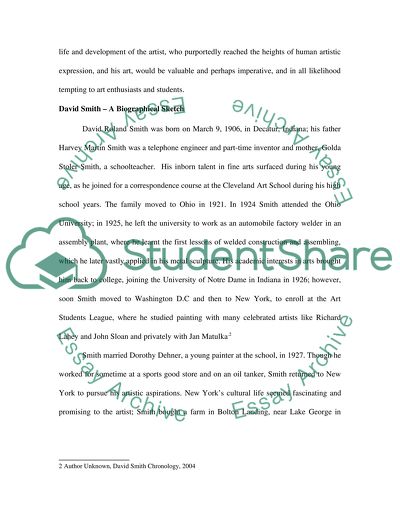Cite this document
(“David Smith and the cubi series sculpture Essay”, n.d.)
Retrieved from https://studentshare.org/architecture/1513838-david-smith-and-the-cubi-series-sculpture
Retrieved from https://studentshare.org/architecture/1513838-david-smith-and-the-cubi-series-sculpture
(David Smith and the Cubi Series Sculpture Essay)
https://studentshare.org/architecture/1513838-david-smith-and-the-cubi-series-sculpture.
https://studentshare.org/architecture/1513838-david-smith-and-the-cubi-series-sculpture.
“David Smith and the Cubi Series Sculpture Essay”, n.d. https://studentshare.org/architecture/1513838-david-smith-and-the-cubi-series-sculpture.


